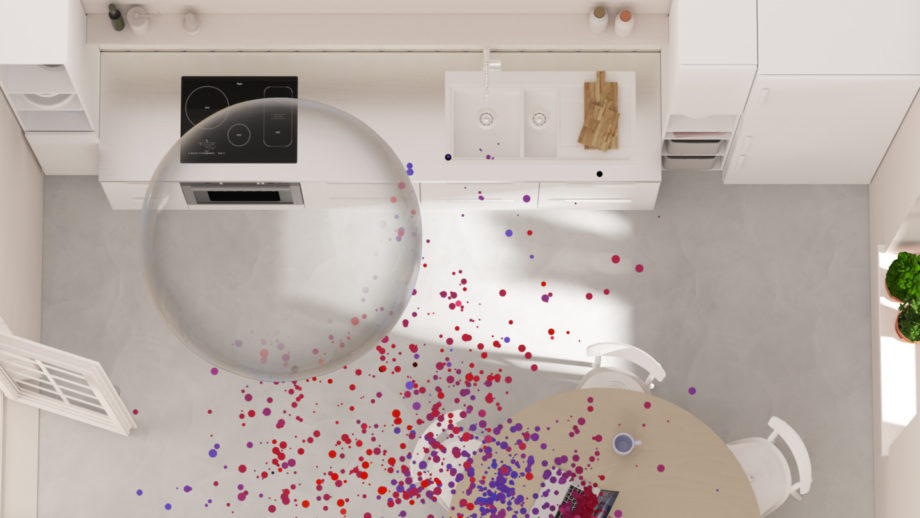In a scenario in which the collaboration between brands and innovative technologies is increasingly frequent, these are radically revolutionising the position of global firms towards them, who begin to taste the potential and begin to exploit them within their marketing strategies and beyond.
One of the global brands fascinated by the possibilities that these technologies bring to the level of engagement and costumer experience is IKEA, the Swedish multinational company specialising in the sale of furniture and other household goods.
Marketers are becoming more interested in the potential possibilities of XR technologies as smart devices offer greater scope for AR apps. The ability for a customer to view or try a virtual counterpart of a real product, to reimagine their homes, and to play with furniture, allows businesses to expand on their well-established strategies, revolutionising the experience for their costumers providing a more direct and engaging both in-store and off-store experience.
In recent years IKEA has added to his marketing strategies some XR technologies features, starting from the AR App IKEA Place, reviewed in 2020, namely, IKEA Studio, arriving to an augmented reality escape room in collaboration with Snapchat, an AR catalogue and a virtual tour allowing costumers to safely visit an IKEA store from home exploring the environments at 360 and browsing among the many items on display.
But let’s take a closer look.
In 2014 IKEA catalogue debuted, enhancing the consumer experience with more digital content. Users, downloading the IKEA catalogue app, was allowed to scan the logo in the catalogue with their smartphone or tablet, and finally accessing to 50 pages of digital material, including movies, furnishing ideas, and room designs. One of the features was AR, which allowed consumers to see and instal 3D virtual IKEA goods in their homes.
After that, to addressing practical issues that arises with furniture shopping, IKEA has developed an application that through AR allows consumers to see how furniture will look in their surroundings. It was 2017 and IKEA was launching its pioneering app called IKEA Place, service-centered application that will not only it save time or costumers, but it would also save money.
In 2021 the IKEA Place AR app was replaced with the new app IKEA Studio; in addition to just adding virtual furniture, sofas or lamps to a room, the new app takes a step further aiming at helping people designing entire rooms using the LiDAR sensors in an iPhone. AR features permit customers to add furniture and decorations, modifying the colour of the walls and personalising your home as you prefer, and finally exporting your design in both 3D and 2D.
This year IKEA also started to reimagine the role of technology with new digital experiments by applying AI, machine learning, AR, and spatial intelligence to reimagine how people can have more meaningful relationships with technology in their daily lives focusing on a variety of subjects, including privacy and trust, play and learn, design and organise, transforming technology’s everyday role into something more and more extraordinary, fun and engaging.
The features of this experiments range from the use smart speakers located in various places capable to cancel out noises and create “sound bubbles”, small localised silent areas, to project materials used to make IKEA items in AR, mapping specific informations coming from a blockchain about the product journey and overall carbon footprint of each component.
Going further with application of emerging technologies in innovating the IKEA brand, the company has launched a game in collaboration with snapchat, namely, a new AR escape room asking users to reorganise items on a cluttered room, using the furniture giant’s products.
IKEA with its various applications of emerging technologies demonstrate how these technologies can be increasingly integrated into global brands’ innovation processes, bringing tangible benefits to brand awareness and reputation.
Photo: IKEA


